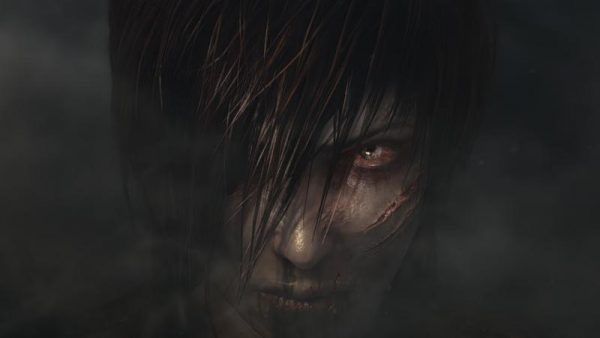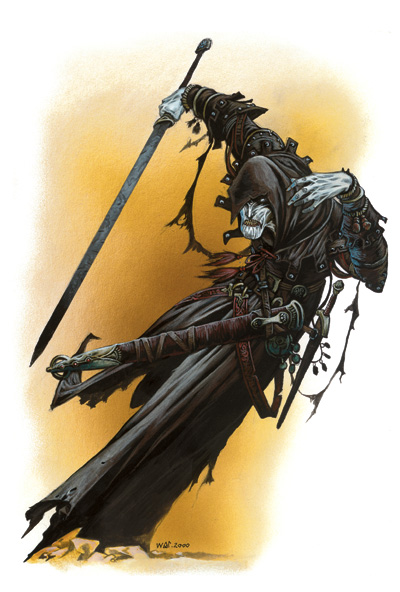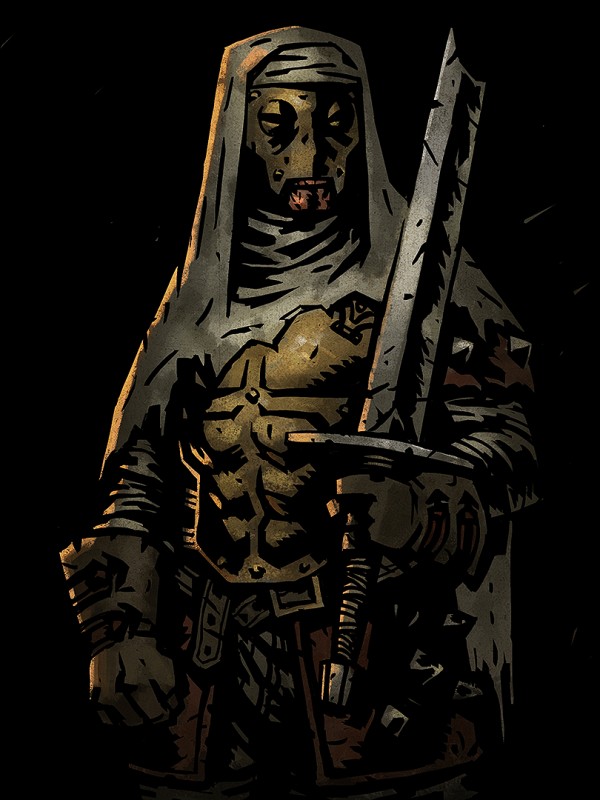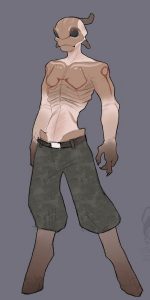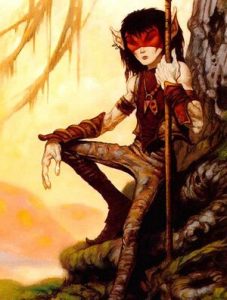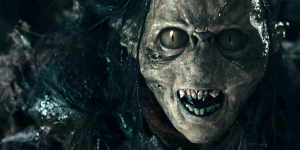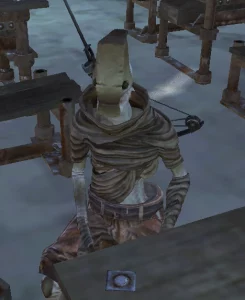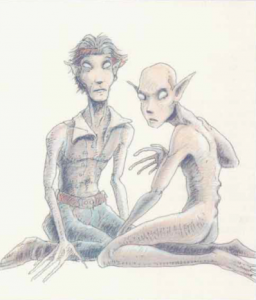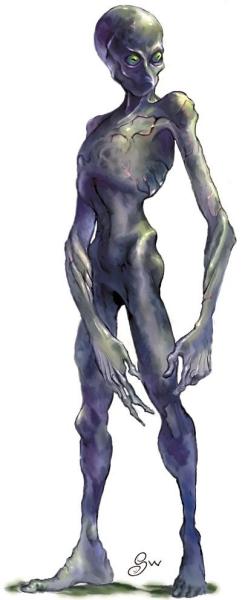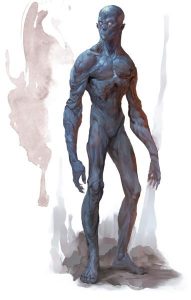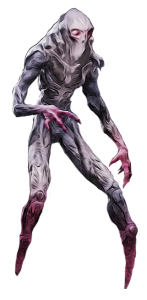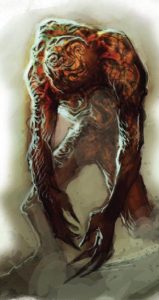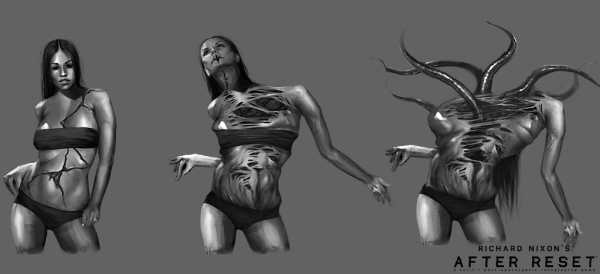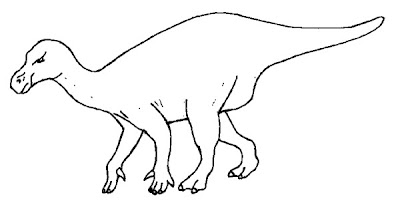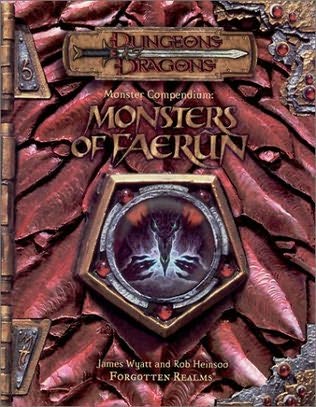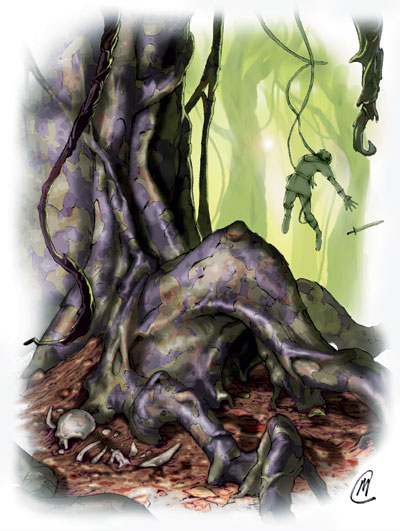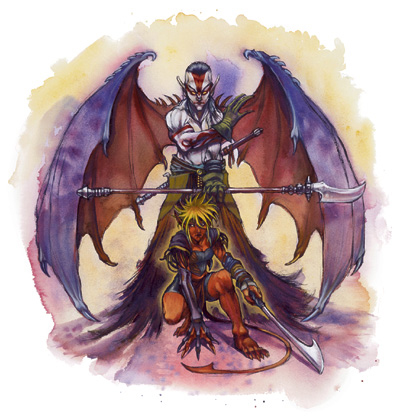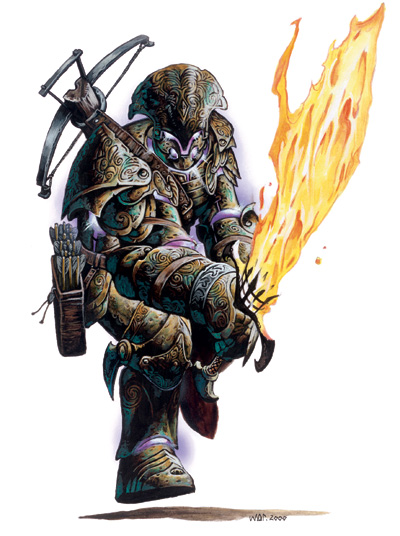Known Space is home to several intelligent species that possess the capabilities for interstellar flight and have colonized worlds outside their home systems. With the vast distances of interstellar space, and communication between systems being limited to the speed with which messages can be carried by ships, there are few true interstellar governments and colony worlds are usually highly autonomous or fully independent. Though compared to the homeworlds, even the largest colony worlds have populations in the size of small countries, and most are little more than a single major city. The Esekar Sector is far away from any homeworlds or major colonies, but has become home to numerous settlements and outposts of various species from all over Known Space.
Enkai
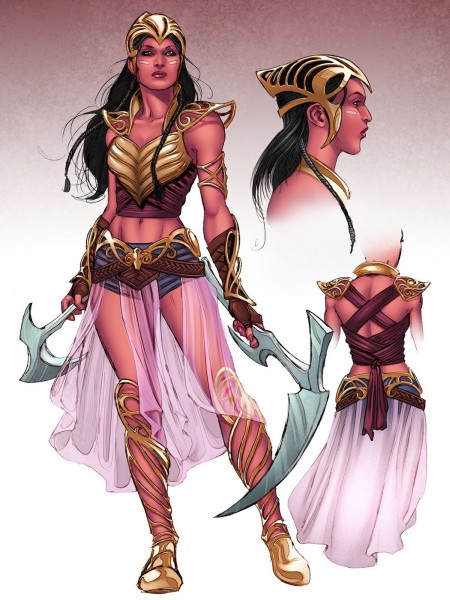 The Enkai home system is one of the great powers of Known Space, even though it is more a confederation of several nations on the homeworld and various other planets throughout the system than a truly unified state. The Enkai homeworld is one of the most technologically advanced in Known Space, which has enabled its people to establish hundreds of colonies of various sizes over the course of many centuries. Today, the Enkai are one of the three most dominant species in the Esekar Sector.
The Enkai home system is one of the great powers of Known Space, even though it is more a confederation of several nations on the homeworld and various other planets throughout the system than a truly unified state. The Enkai homeworld is one of the most technologically advanced in Known Space, which has enabled its people to establish hundreds of colonies of various sizes over the course of many centuries. Today, the Enkai are one of the three most dominant species in the Esekar Sector.
Enkai are a primate species with skin in various shades of dull red and with black hair. Among the planets on which intelligent life has evolved, their homeworld is comperatively warm and dry, though dominated more by steppes and savann than actual deserts. This makes Enkai quite well adapted to deal with high air temperatures but they generally cope poorly with high humidity. With the exception of small outposts that have economically collapsed and never managed to recover, Enkai worlds have generally quite advanced technological equipment.
Among other species, Enkai are known to be both ambitious and exiteable, often to the point of being reckless. Both the Damalin and Netik consider this unbecomming of such a highly technologically advanced civilization, but their ability to seize on opportunities quickly without relying on the hierarchies of established institutions has served their species well in their journey to the stars.
Damalin
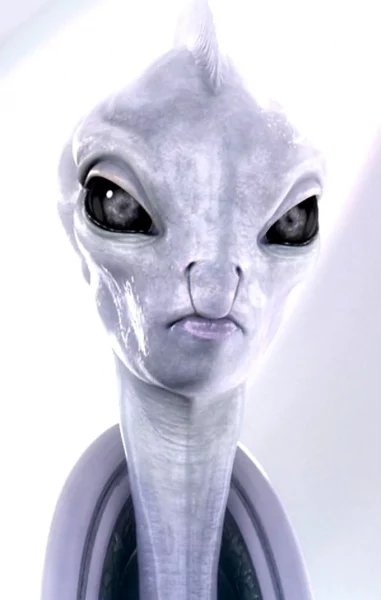 The Damalin are one of the oldest species travelling and coloizing space that is still in existence. They gained access to hyperspace drive technology from the presumably extinct Udur over 4,000 years ago and since then have colonized dozens of systems in the space surrounding their home system, many of which have constantly been inhabited for thousands of years by now. Damalin sates are usually in control of or at least laying claim to entire star systems.
The Damalin are one of the oldest species travelling and coloizing space that is still in existence. They gained access to hyperspace drive technology from the presumably extinct Udur over 4,000 years ago and since then have colonized dozens of systems in the space surrounding their home system, many of which have constantly been inhabited for thousands of years by now. Damalin sates are usually in control of or at least laying claim to entire star systems.
Damalin are a amphibian species with pale blue-white skin, large dark eyes, and thin mouths. While they can survive underwater indefinitely, the practical necessities of industrial production and food preservation have forced their civilization to become almost completely land based. But still most Damalin settlements of any significant size include many large underwater “parks” in rivers and lakes, and the houses any moderately well off individuals include a pool instead of a veranda, large enough for entire families.
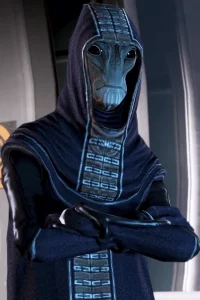 Damalin have a reputation among other races for chosing their words carefully and being very deliberate in their actions, which sometimes comes off as indecisive, but they often have a much greater awareness of what’s going on around them and being prepared for most eventualities than they are letting on. While their thin bodies don’t provide them with much strength, they are known to shot well and quick and rarely allow themselves to be surprised unprepared.
Damalin have a reputation among other races for chosing their words carefully and being very deliberate in their actions, which sometimes comes off as indecisive, but they often have a much greater awareness of what’s going on around them and being prepared for most eventualities than they are letting on. While their thin bodies don’t provide them with much strength, they are known to shot well and quick and rarely allow themselves to be surprised unprepared.
Netik
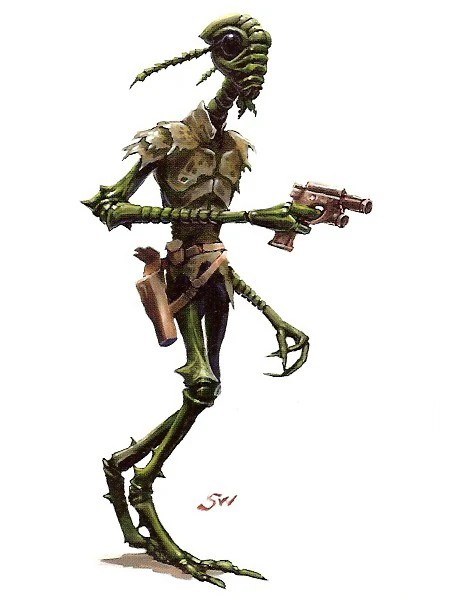 Long before the Damalin first left their homeworld to travel to the stars, the Netik had already settled dozens of planets throughout all the space then known to them. Like the Damalin, they did not develop hyperspace drive technology themselves but had gained it from Udur explorers and traders arriving on their homeworld almost 6,000 years ago. During the first centuries of their expansion into interstellar space, Netik colonies were established as vassal states to the Udur, making use of their existing transportation infrastucture. Correspondingly, the decline and eventual collapse of the Udur civilization had incredible impacts on the widely dispersed Netik colonies, many of which lost all contact with each other as they did not have the industrial capacity to maintain regular transportation of messages across the great distances. At the lowest point, the largest remaning cluster of Netik worlds consisted of only three major colonies and a few outposts, with a combined population of only a few hundred million. Eventually the three colonies developed industrially to a point where they could reestablish contact with a number of other colonies, though many of them had completely collapsed in the centuries of complete isolation. Most strikingly, the Netik have never been able to determine the location of their homeworld and to this day it is unknown if any kind of Netik civilization still survives on that planet. Though they are lacking a homeworld, many Netik colony worlds have exceptionally large populations in the high millions, and they numerous smaller outposts everywhere throughout Known Space.
Long before the Damalin first left their homeworld to travel to the stars, the Netik had already settled dozens of planets throughout all the space then known to them. Like the Damalin, they did not develop hyperspace drive technology themselves but had gained it from Udur explorers and traders arriving on their homeworld almost 6,000 years ago. During the first centuries of their expansion into interstellar space, Netik colonies were established as vassal states to the Udur, making use of their existing transportation infrastucture. Correspondingly, the decline and eventual collapse of the Udur civilization had incredible impacts on the widely dispersed Netik colonies, many of which lost all contact with each other as they did not have the industrial capacity to maintain regular transportation of messages across the great distances. At the lowest point, the largest remaning cluster of Netik worlds consisted of only three major colonies and a few outposts, with a combined population of only a few hundred million. Eventually the three colonies developed industrially to a point where they could reestablish contact with a number of other colonies, though many of them had completely collapsed in the centuries of complete isolation. Most strikingly, the Netik have never been able to determine the location of their homeworld and to this day it is unknown if any kind of Netik civilization still survives on that planet. Though they are lacking a homeworld, many Netik colony worlds have exceptionally large populations in the high millions, and they numerous smaller outposts everywhere throughout Known Space.
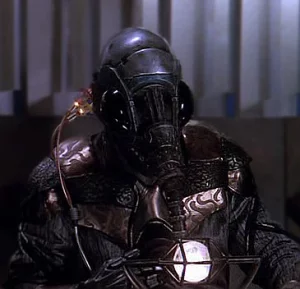 The Netik are an insectoid race and one of the most alien in appearance to most other species. But many people who encounter them in person for the first time are quite surprised at how effortlessly they interact with members of other species. While their body language is close to impossible to read for other species, Netik are usually very skilled at picking up on social clues and picking their words well to create a common sense of understanding with other people. Among space travellers, Netik have a reputation to be generally welcoming and quite fun to be around, which often is quite mystifying to people who have never encountered them themselves.
The Netik are an insectoid race and one of the most alien in appearance to most other species. But many people who encounter them in person for the first time are quite surprised at how effortlessly they interact with members of other species. While their body language is close to impossible to read for other species, Netik are usually very skilled at picking up on social clues and picking their words well to create a common sense of understanding with other people. Among space travellers, Netik have a reputation to be generally welcoming and quite fun to be around, which often is quite mystifying to people who have never encountered them themselves.
Mahir
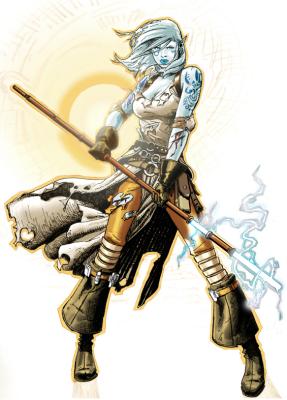 Among all the species travelling throughout Known Space, the Mahir stand out uniquely for not actually being native to what is considered their homeworld. Genetically, the Mahir are nearly identical to the Enkai, having split off from their original species only some 20,000 years ago. For reasons that will likely remain unknown forever, an alien species visited the Enkai homeworld during the stone age and collected an estimated 80 to 100,000 people which they settled on a planet several hundreds of lightyears away. Archeological discoveries and genetic studies by Mahir scientists had determined long ago that they are evolutionarily unrelated to any other life on their home world and had left no evidence of their existance on prior to the established date anywhere on the planet. It was only when the Mahir gained access to hyperspace drives and encountered the Enkai 400 years ago that the true origin of their species was revealed.
Among all the species travelling throughout Known Space, the Mahir stand out uniquely for not actually being native to what is considered their homeworld. Genetically, the Mahir are nearly identical to the Enkai, having split off from their original species only some 20,000 years ago. For reasons that will likely remain unknown forever, an alien species visited the Enkai homeworld during the stone age and collected an estimated 80 to 100,000 people which they settled on a planet several hundreds of lightyears away. Archeological discoveries and genetic studies by Mahir scientists had determined long ago that they are evolutionarily unrelated to any other life on their home world and had left no evidence of their existance on prior to the established date anywhere on the planet. It was only when the Mahir gained access to hyperspace drives and encountered the Enkai 400 years ago that the true origin of their species was revealed.
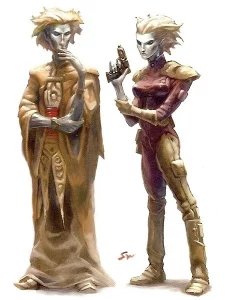 Mahir are physically nearly identical to Enkai, with the most evident difference being in their coloration. Unlike the Enkai, the skin and hair of Mahir is nearly white. There are however various minor adaptations to the much colder environment on their new home planet, primarily in regards to temperature tollerance. These differences appear to be the result of genetic changes introduced by the aliens that originally settled the Mahir on their new planet, but the purpose of that projects remains a complete mystery.
Mahir are physically nearly identical to Enkai, with the most evident difference being in their coloration. Unlike the Enkai, the skin and hair of Mahir is nearly white. There are however various minor adaptations to the much colder environment on their new home planet, primarily in regards to temperature tollerance. These differences appear to be the result of genetic changes introduced by the aliens that originally settled the Mahir on their new planet, but the purpose of that projects remains a complete mystery.
Even though the Mahir gained access to hyperspace travel only fairly recently, their homeworld is otherwise technologically very advanced and they have become a considerable economic and industrial power in known space since they gained access to cheap raw material from other systems.

